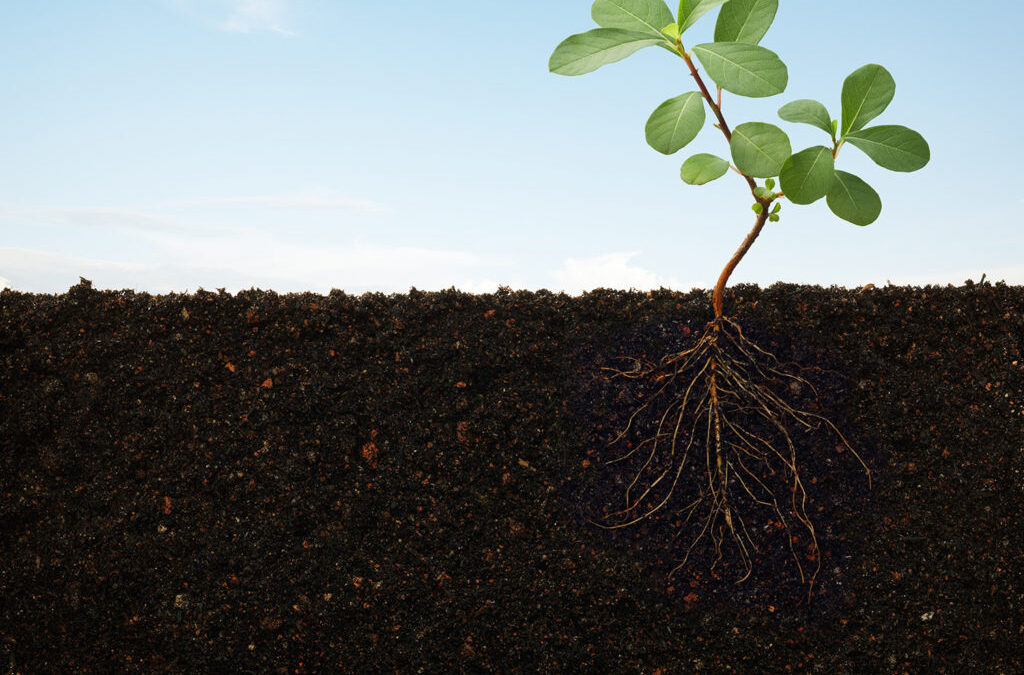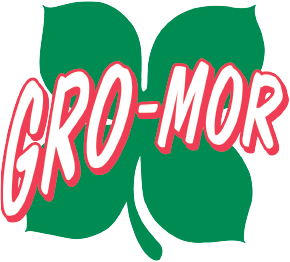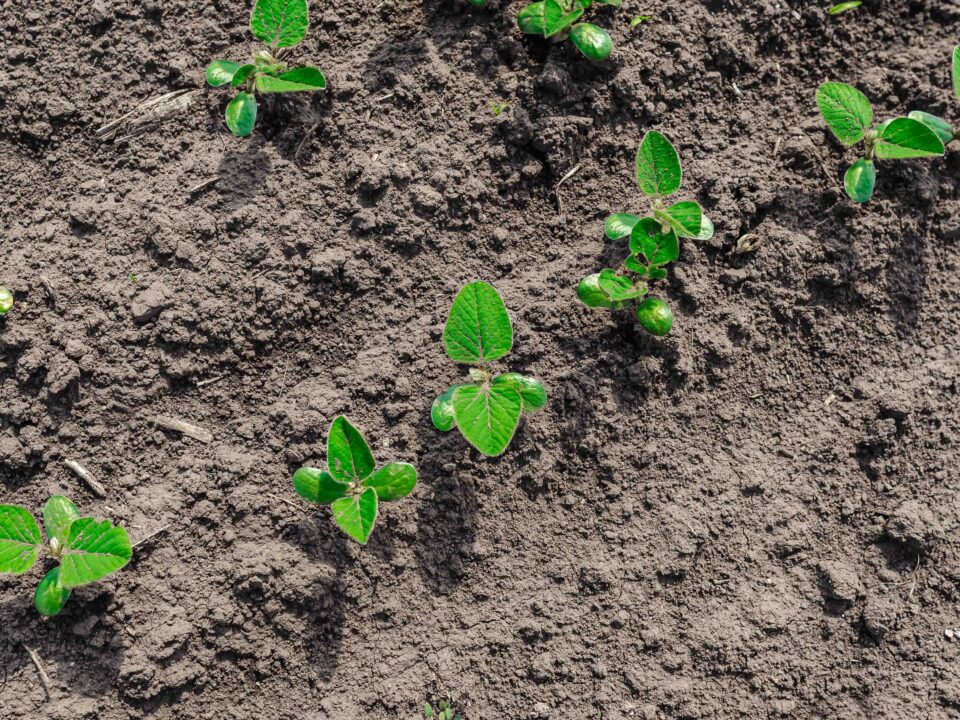
Many of our vegetable growing customers have started to use drip irrigation on their various vegetable crops that they grow. Drip irrigation requires much less water to be applied on a field to grow a crop. Due to the lower total volume of water needed, a much smaller pump & lower water pressures are used. The cost to lay out the drip lines for each row in a field is more costly than watering overhead. Drip irrigation pays dividends back to the grower for their investment in many different ways!
1) By not wetting the crops foliage, like with overhead, there tends to be less disease.
2) That huge stream of water you see coming out of the end of a big gun often damages the plants. With drip you don’t have that effect either.
3) Yields are higher due to better water management & maintaining a healthier root system. After all it is the roots that are the brains of the plant. Their health & longevity has a huge impact on the final crop yield & quality.
4) Once the system is installed it requires a lot less time to run, saving labor hours. With overhead irrigation you often need to water at night when the wind speed is lower & you can achieve a more even water pattern. Watering overhead at night makes it more efficient due to less evaporation. With drip irrigation you don’t have this requirement & can water during the day light hours!
5) Another huge benefit is to spoon feed fertilizers to the developing crop in the amounts that are needed for the different stages of crop growth!
6) There are many new insecticides & fungicides that are systemic & very effective. Most often these products are very expensive. When injecting fertilizer & chemicals thru drip lines you do not have to broadcast these products over the whole field. The reduction of surface area for these applications often saves 40% of the cost of a broadcast application. This can add up to a big savings for a grower as well.
Many first time growers often use the drip tape to deliver water only, in their first year. We at Widmer & Associates have become the local experts in helping growers to get the maximum use out of a drip system. We do not sell many of the major components, but we can offer a new grower some very good advice that will save him money in the design & layout of a system. Chemigation & fertigation of products is an area we have a lot of experience with. This is the area that I want to spend the bulk of this article on!
The injection of nutrients & pesticides is not a difficult thing to do. The cost of the equipment to inject these products is not that expensive or difficult to run either. There are many options & costs for equipment to inject with, this is another area that we can be a great help to a grower in deciding which one to buy. We have found that the most cost effective way to feed a crop is to apply certain fertilizers in a sequence that maximizes their effect & minimizes the total cost of the fertility program. A grower should always start by having a soil sample pulled from the field to be fertigated, the year before planting. This allows time to adjust the pH with lime if necessary & fall or spring apply some basic fertility products. We suggest applying the amount of phosphate needed as a broadcast or in row band before the crop is planted. There are not many products high in phosphate, which are cost effective to put thru a drip tape. We also suggest applying about 80% of the potassium as a broadcast or in row band before the crop is planted, for the same reason. The last major element left is nitrogen. The way in which nitrogen gets applied, the timing & form, is very critical. The total amount needed is decided ahead of planting & then we develop a program to best & most cost effectively apply it. Since most drip tape gets laid after the final cultivation, to prevent damaging it, that means the crop will be planted for 3-5 weeks before it can get its first fertigation. A plan to provide for the amount a crop needs during this time period is very important. Most crops require the majority of their total nitrogen needs during the time of vegetative growth, before the reproductive stage begins. The period during reproduction requires nitrogen also, but at a much lower rate. There are many different sources of nitrogen that can be applied thru drip tape. The majority of them contain all nitrate nitrogen. Growing a vegetable crop on all nitrate nitrogen often causes many negative effects. A plant growing on all nitrate nitrogen will have huge top growth & a smaller root system. This creates a great stress on the plant & the goal is to eliminate as much crop stress as possible. Nitrate nitrogen requires that sufficient amounts of other nutrients be applied in a touchy balance or negative things will happen. Plants grown under all nitrate nitrogen are more susceptible to disease, insect attack & weather related stress. Fruits high in nitrate nitrogen have a much shortened shelf life, reduced color, sugar content. Fruits that develop on a total nitrate nitrogen program are often not optimally formed or shaped. Care must be taken in balancing out the nitrogen forms, sources & timing of application. Micronutrients can be a very expensive part of any fertility program. Applying them thru the drip tape requires much less product & is a great savings compared to broadcasting them. When applied thru the tape, they are much more efficient & effective due to less tie up from contact with the soil. Calcium is a very important nutrient in vegetable production. There are several very good forms that can be applied thru the drip tape.
There are several of us at Widmer & Associates that have 10 years of experience in working with specialty crop growers in developing a sound & cost effective fertigation program. There are not many specialty crops grown in the US, which we don’t have extensive experience with. Our experience can save a grower a lot of frustration & experimenting. We would be most happy to sit down with you & develop a program that meets your cultural practices & particular crops needs. Give us a call!
Drip Irrigation of Specialty Crops Widmer (downloadable PDF version)



